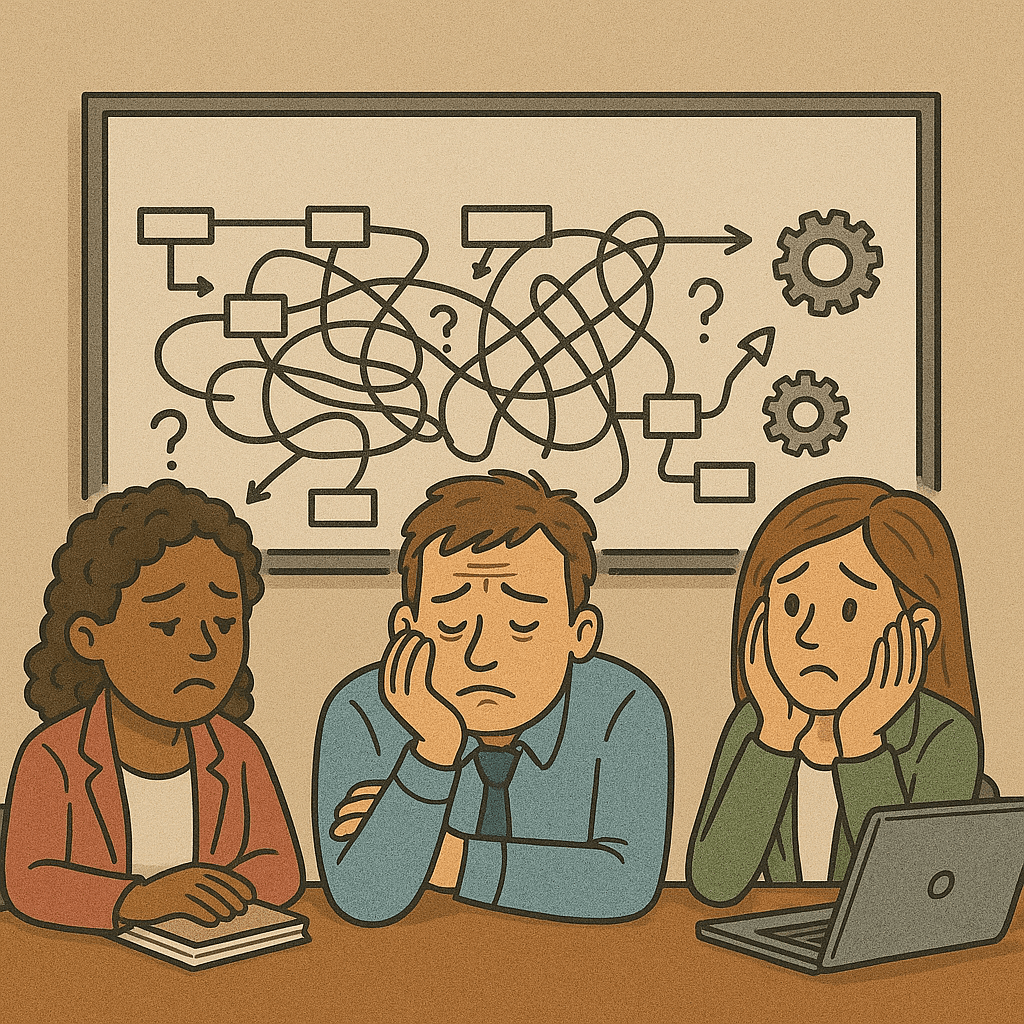You are coaching an agile team in India which has been practising agile for the last three releases. The team has been stable and has embraced agile with enthusiasm. Product management team is based out of the U.S. with a local product owner who worked with the team every day. Management is happy with the team’s progress and the results thus far.
The scrum master, Mary, wore a worried look on her face when you met her 1:1. She was concerned about the attitude of Vivek, a senior developer in the team – respected by the team for his technical skills. Vivek is a contractor and has been with this team for couple of years. Mary tells you, “Vivek’s enthusiasm has dropped and he picks up bare minimum work. He has told the contracting company that he would like change complaining about commute time to office. He is unhappy with not having rights to approve code baselines like permanent employees. What’s worse – he is negatively influencing some of the junior contractors and impacting their attitude. Overall Vivek’s productivity has dropped and other team members find him difficult to work with. I have spoken to him multiple times with no improvement. He is a critical technical resource and is important for this release. I don’t know what to do.”
As a coach, you observe the behavior of Vivek and find him stone-faced in meetings and argumentative at times. Vivek seems to complete his tasks on time but the related stories do not get closed. However, he is there in all the scrum ceremonies on time and participates as necessary.
Mary wants to know how to turn Vivek around. What would be your recommendation to her?
Suggested solution:
1. On the surface, it appears that the “container” (viz., organization policy) has imposed a constraint on who can approve baselines which has contributed to Vivek’s dysfunctional behavior; however, Vivek has been in the organization for two years and has apparently contributed and continues to contribute well on technical aspects; so, his dysfunctional behavior seem to have started recently. So, there may be other causes.
2. Vivek’s complaint about commuting time may not be such a red herring as it seems on first sight; may be he shifted residence recently; May be as a contractor, he is not eligible for company pick-up and drop.
3. Also, some of things mentioned about bad behavior are a bit subjective – for example, his negative influence on other junior contractors? what are they? how has Mary come to know about? what is the adverse impact of being stone-faced in meetings? Being argumentative may be for a valid cause and openly to discuss dissent? Is that not good? I think there is a line separating some of these things before being labelled good or bad. It may even be that the problem is with Mary (SM) and not Vivek! Coach may have to observe more if he has not seen/sensed already…
4. I feel that the SM (who may know Vivek personally better than the coach), should be encouraged by the coach to probe indirectly – informal chats with Vivek, getting other contractors/buddies close to Vivek to talk to him etc. Then there is a chance to find the real causes. Some of these causes may or may not be directly addressable by the SM or coach (if very personal).
5. If Vivek has come in from another sourcing organization, it may be worthwhile for Mary to talk to Vivek’s supervisor there as part of her initial probing and subsequent chats with Vivek.
Possible approaches:
There are two possible approaches for the SM (Mary): (a) work towards retention (b) work towards smoothly transitioning Vivek out of the project; Mary would have to make that choice quickly and that would depend on her analysis of the root causes for change in Vivek’s behaviour.
The key to retention option would depend essentially on organization’s ability to address the root causes and Vivek’s openness to change.
The key to transitioning option would depend on speed at which one can find a suitable replacement. Transparency between Mary, Vivek and Vivek’s source organization is important so that transitioning happens with minimal impact on the team and the release goals. Mary would need the support of her management to enable this change to the ‘container’.
Would like to hear your point of view.




